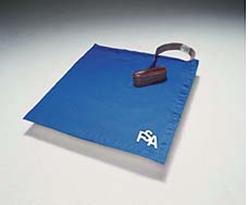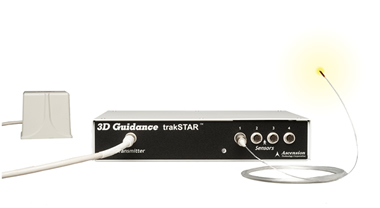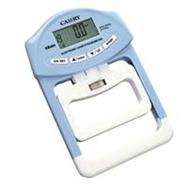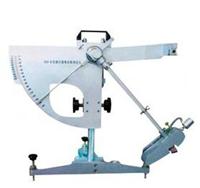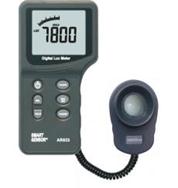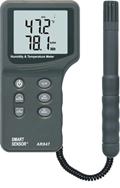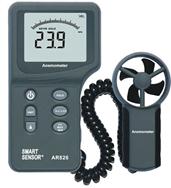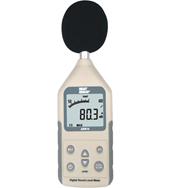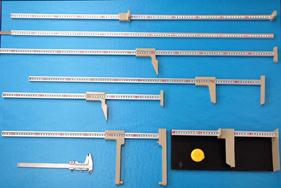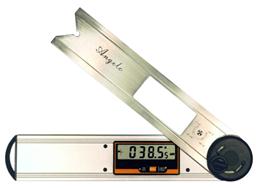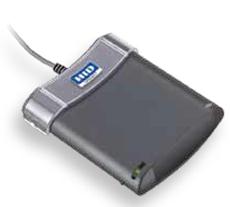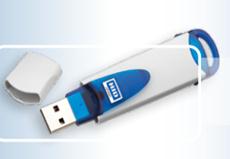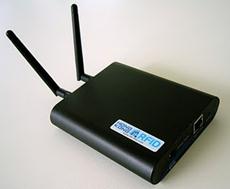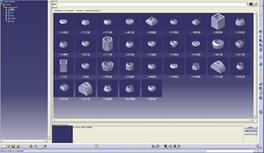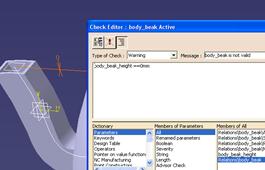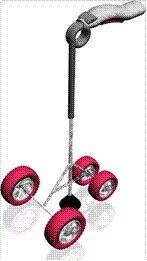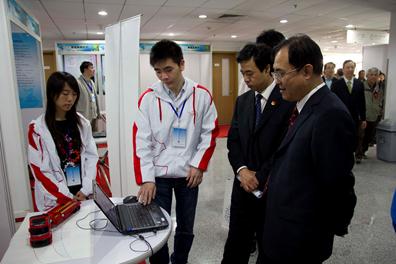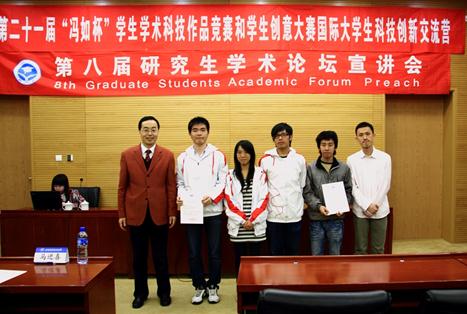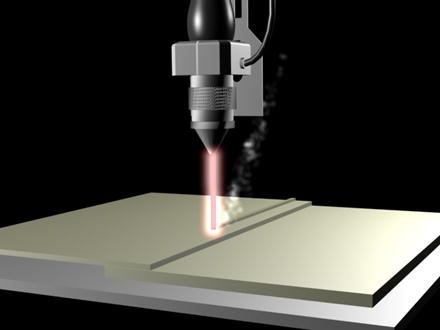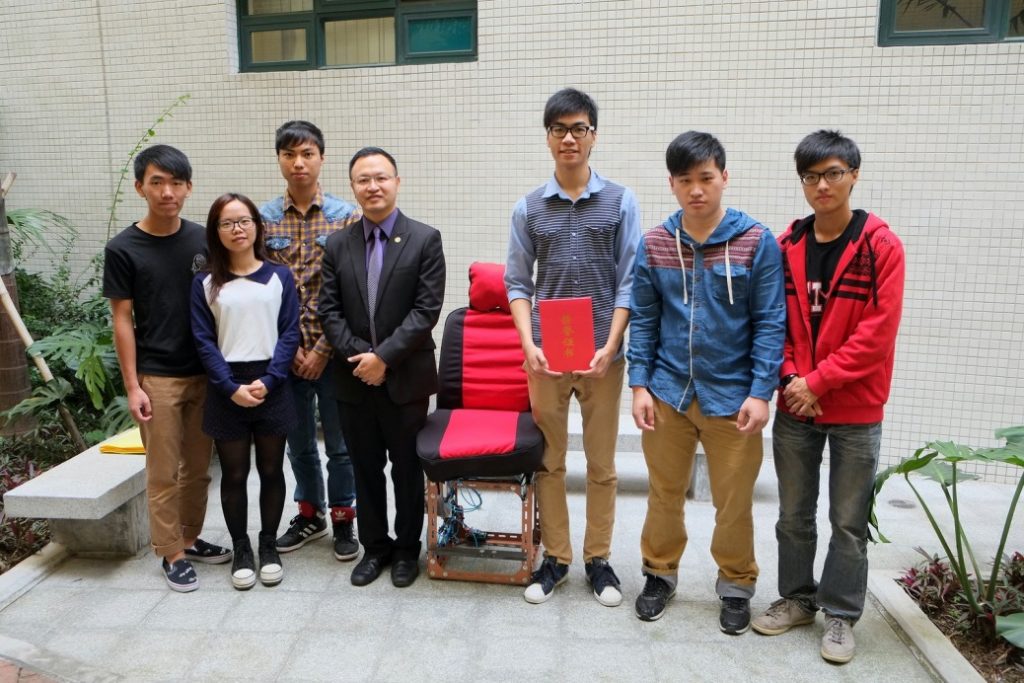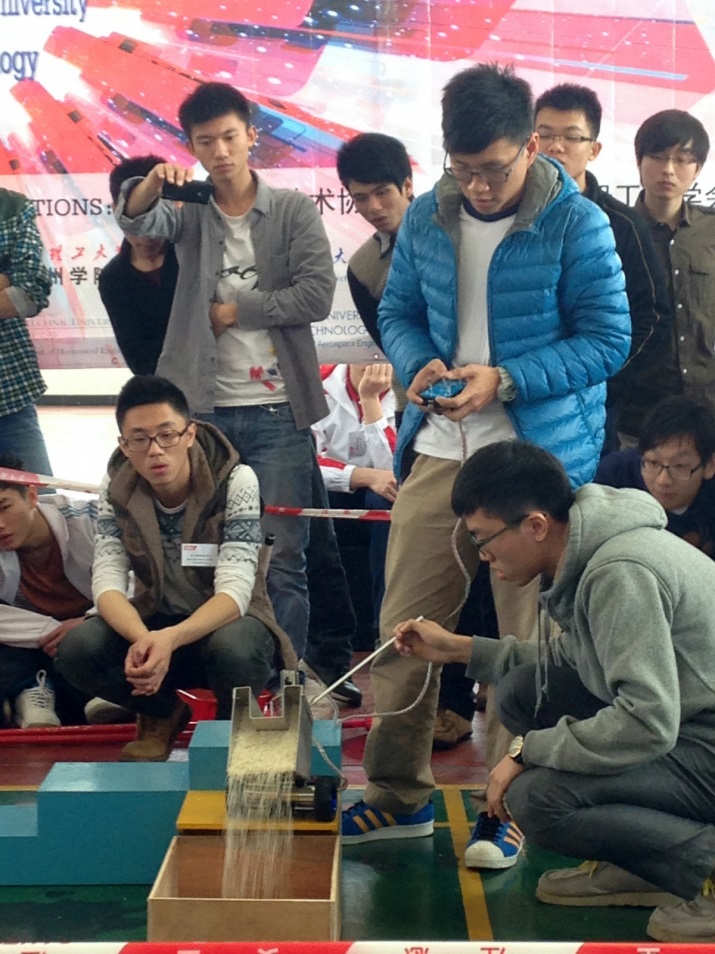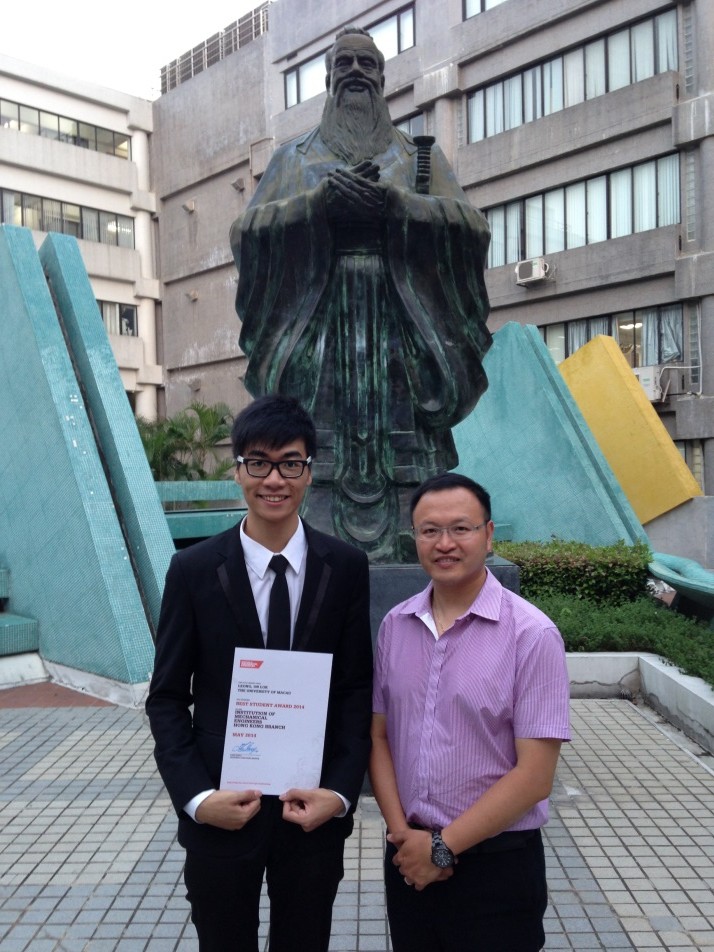| Location | E11-1060 |
| Academic Staff in charge | Prof. Seng Fat WONG, Alfred |
| Technician | Pedro Antonio MOU |
| Telephone | (853) 8822-2762 |
Objective
Industrial Engineering Laboratory will conduct research in enterprise resource planning (ERP), human factors engineering, industrial engineering and engineering management, knowledge management, inventory and facility management, collaborative product development management, advanced training system and other computational intelligence theories for applications in industry and service organizations. The lab could provide various solutions for the local and global manufacturing and service organizations. Moreover, the lab can provide different training programs for Science Promotion.
Facilities
1. Human Factors Engineering
HumanCAD®
HumanCAD is a human modeling solution that creates digital humans in a three-dimensional environment in which a variety of ergonomic and human factor analysis can be performed. HumanCAD aids users with the design of products and workplaces by determining what humans of different sizes can see, reach or lift.
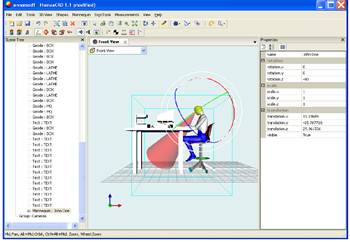
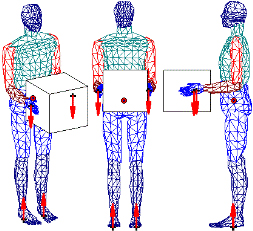
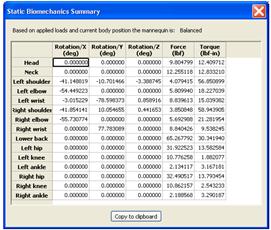
FSA (Force Sensitive Applications)
FSA is short for Force Sensitive Applications, a clinical tool that allows users to evaluate interface pressures between a person and the support surface they are sitting, standing or lying on. From helping assess a patient in their wheelchair, to helping design new automotive seats. From assessing a saddle’s fit, to helping choose the best running shoe, the FSA system gives you the power to help.
3D Guidance trakSTAR
Track Objects with Magnetic DC Technology.
ergoPAK
An essential kit providing the tools needed to measure, test, and analyze force, angle and velocity. It is flexible and unobtrusive; essential requirements for accurate, “real world” testing applications. The wireless Radio Frequency allows easy mobility and will capture data within a 100 foot radius. The interface device Hub has eight ports so you can test with many combinations of ergoPAK measuring devices. Sensors to measure torque can be purchased separately and sensors to measure vibration will be available soon.
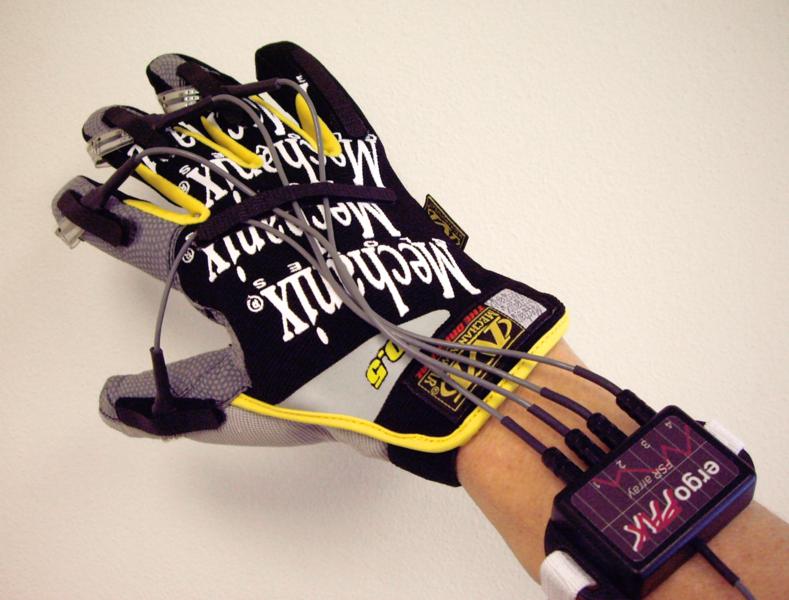
NeuroTrac MyoPlus4 (EMG)
EMG (electromyography) helps the therapist to diagnose and treat a broad variety of conditions and it enables the patient to monitor their progress with an accurate visual and audio biofeedback.
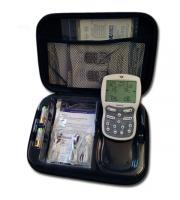
Electroencephalogram (EEG)
EEG digitizes analog electrical brainwaves to power the user-interface of games, education and research applications. Amplifying and processing raw brain signals to deliver concise input to the device.

3D Scanner
A 3D scanner is a device that analyzes a real-world object or environment to collect data on its shape and possibly its appearance (i.e. color). The collected data can then be used to construct digital three-dimensional models.
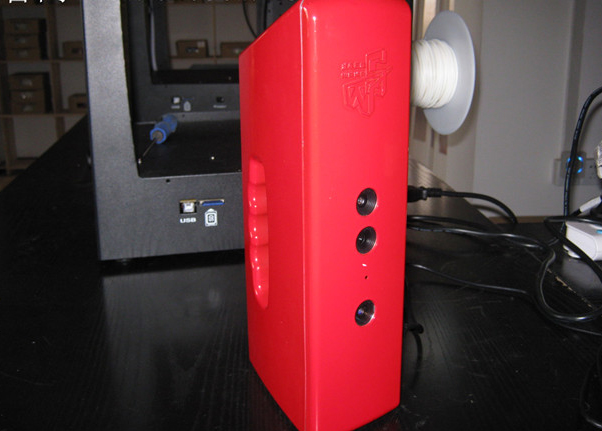
Those instruments can be used to measure several of environment indicators, and those indicators can evaluate the effect of work or life.
Funded Research project:
Feasibility Study of Applied Human Factors Engineering in Advanced Carriage Design of Mass Transport System.
Honor of this research area:
- 2013 First Prize at “The Sixth Central South China, Hong Kong and Macau Undergraduate’s Creative Design and Manufacturing Competition”, Project: Movable Ergonomic Seat for Vehicle
- 2013 Third prize at “Challenge Cup 2013”, Project: Ergo-bus System
- 2014 Top five projects of Electromechanical Engineering Department of 2014 FST Dean’s FYP List, Project: Applied Ergonomic Analysis in Advanced Facility for Barrier-Free Transportation Services
- 2013 Top five projects of Electromechanical Engineering Department of 2013 FST Dean’s FYP List, Project: Applied ergonomic analysis in advanced facility and system design for barrier-free transportation services
- 2012 Top five projects of Electromechanical Engineering Department of 2012 FST Dean’s FYP List, Project: Applied Human Factors Engineering in Barrier-Free Transportation Services
2. Applied RFID Technology in Industrial Engineering
- RFID®RFID stands for Radio Frequency IDentification. It is a technology that uses radio waves to transfer data from an electronic tag, called RFID tag or label, attached to an object, through a reader for the purpose of identifying and tracking the object. Some RFID tags can be read from several meters away and beyond the line of sight of the reader. Its applications are as follow:
- Automated system
- Long range identification
- Environmental monitoring
- Access control
- Asset management
- Customer relationship management
- Locating and tracking system
- Industrial application
- Construction site management
- RFID systems generate and radiate electromagnetic wave, and they are justifiably classified as radio systems. It is particularly important to ensure that RFID systems do not interfere with nearby radio services. The need to exercise care with regard to other radio services significantly restricts the range of suitable operating frequencies available to an RFID system. For this reason, it is usually only possible to use frequency ranges that have been reserved specifically for industrial, scientific or medical applications or for short range devices.
| Classification | Frequency |
| Low Frequency (LF) | 125 – 400 kHz |
| High Frequency (HF) | 4 – 24 MHz |
| Ultra High Frequency (UHF) | 860 – 960MHz |
| Microwave | > 1GHz |
The RFID researches and the corresponding RFID readers are shown below:
3. Enterprise Resource Planning (ERP)
SAP®
Enterprise Resource Planning (ERP) is a kind of integrity application management system. The major contributions of ERP concentrate on production management, deployment strategies, standardization and flexibility, supply chain reengineering, strategic alliances and outsourcing, project management infrastructure, and performance measurement. The professional software SAP that is the world’s leading software of ERP is supporting ERP training and research in IE lab. The students can apply SAP technology in solving the problems of industrial engineering in the field of ERP.
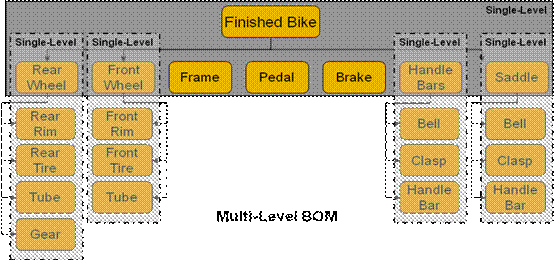
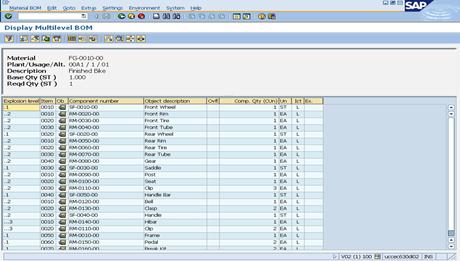
Funded Research Project:
- Integration of Knowledge Management and Enterprise Resource Planning for Advanced Production Management
- Study on an Integration Knowledge Unified Framework of Production Forecasting Method Based on Grey Neural Network Model
4. Knowledge Engineering and Management in Innovative Product Design
CATIA®
CATIA is the World’s Leading solution for Product design and Innovation; the software boosts the capacity for innovation in companies of all sizes across many manufacturing industries by delivering breakthrough productivity design solutions powered by a highly collaborative platform. Students may use this software to do the product modeling.
Knowledge Engineering Design with CATIA
CATIA also provides a module which can help the user apply knowledge management method to create a database systematically. Applied knowledge engineering methodology to convert the good product design condition and requirement can provide warning message or professional guideline to guide the designer avoid the design mistakes.
The student can use the production management concept to design the innovative product:
Merit Prizes with two innovative design projects “Multifunction Hiking Stick” and “Tragedy Terminator” that are supervised by Dr. Wong Seng Fat at the “21st Inter-University Feng Ru Cup Competition” in Beijing 2011.
5. Web-enabled Training with KM Methodology
Web-enabled Training System is linking with virtual environment to enhance training program with knowledge management, internet technology elements and 3ds Max® technology that provides powerful, integrated 3D modeling, animation, rendering, and compositing tools that enable artists and designers to more quickly ramp up for production. The purpose of this knowledge-oriented training system is not for training out the trainee that only follows the step to do the operation, but they do not know the knowledge of the system. The target of the system is for the trainee understanding the content of the real situation and increasing their knowledge of the system and shortens their knowledge process and time.
Courses supported
| Bachelor: | |
| EMEB310 | Production Management |
| EMEB373 | Production Systems, Planning and Control |
| EMEB368 | Introduction to Engineering Management |
| EMEB410 | Design Project |
| Master: | |
| ELME725 | Human Factors Engineering |
| ELME733 | Industrial Engineering and Engineering Management |
Science Promotion
- Summer camp:
- Green Energy and Fuel Cell Car Design Summer Camp
- Applied Electromechanical Engineering in Light Rapid Transit Summer Camp
- Computer-Aided Innovative Design and Manufacturing Summer Camp
- Innovative Engineering Design Workshop for DSEJ
- Science Promotion Seminar in Primary and High School: Innovative Design with Human Factors Engineering
- Intel International Science and Engineering Fair (Intel ISEF)
- China Adolescents Science & Technology Invention Contest (Macau Region)
Awards
-
- 2014 Best Student Award at the “Institution of Mechanical Engineers (IMechE)”
- 2014 Top five projects of Electromechanical Engineering Department of 2014 FST Dean’s FYP List, Project: Applied Ergonomic Analysis in Advanced Facility for Barrier-Free Transportation Services
- 2014 The Most Innovative Design Award at the “Institution of Mechanical Engineers (IMechE) Greater China Region Design Competition 2014”
- 2013 First Prize at “The Sixth Central South China, Hong Kong and Macau Undergraduate’s Creative Design and Manufacturing Competition”, Project: Movable Ergonomic Seat for Vehicle
- 2013 Third prize at “Challenge Cup 2013”, Project: Ergo-bus System
- 2013 Top five projects of Electromechanical Engineering Department of 2013 FST Dean’s FYP List, Project: Applied ergonomic analysis in advanced facility and system design for barrier-free transportation services
- 2013 Third Prize at the “Institution of Mechanical Engineers (IMechE) Greater China Region Design Competition 2013”
- 2012 Top five projects of Electromechanical Engineering Department of 2012 FST Dean’s FYP List, Project: Applied Human Factors Engineering in Barrier-Free Transportation Services
- 2012 Superior Prize at the “22nd Feng Ru Cup Competition”
- 2012 Fourth Prize at the “Institution of Mechanical Engineers (IMechE) Greater China Region Design Competition 2012”
- 2011 Merit Prizes at the “21st Inter-University Feng Ru Cup Competition”
- 2009 First prize at “The Fourth South Central China, Hong Kong and Macau Undergraduate’s Creative Design and Manufacturing Competition”
- 2009 Third prize at “Challenge Cup 2009”
- First prize in “The Sixth Central South China, Hong Kong and Macau Undergraduate’s Creative Design and Manufacturing Competition 2013” that was held in Guangzhou with the project “Movable Ergonomic Seat for Vehicle” that is supervised by Dr. Wong Seng Fat.
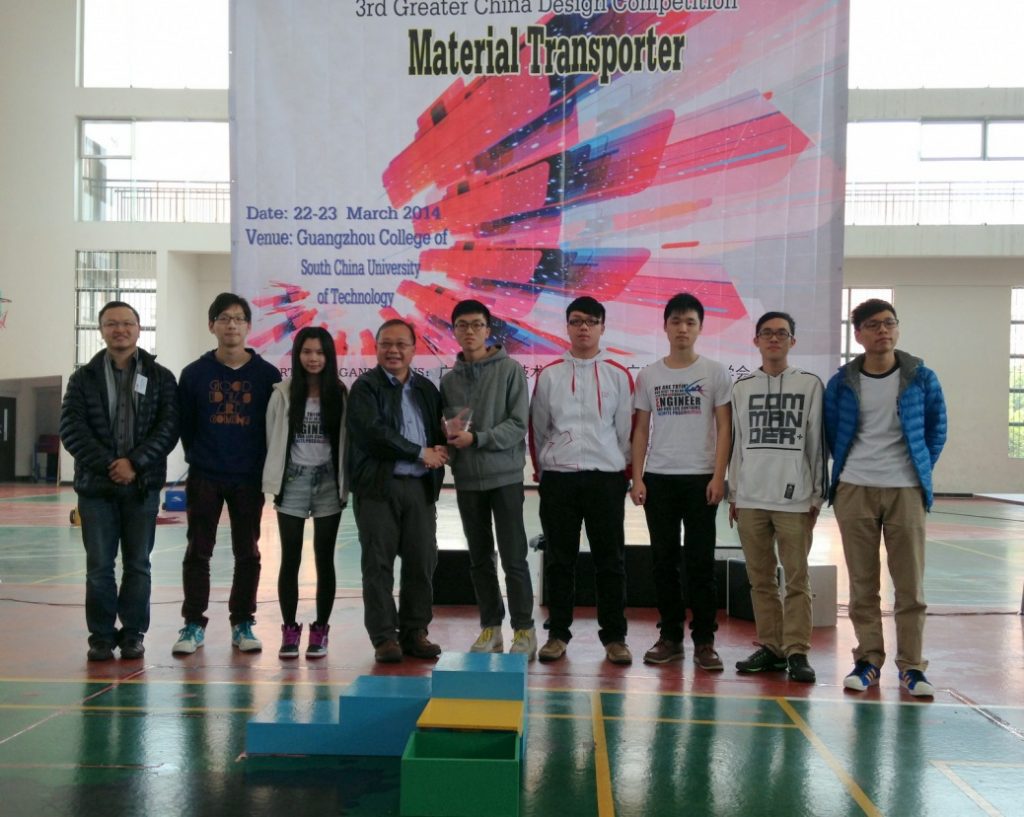
The Material Transporter, which was designed by University of Macau (UM) students and supervised by Dr. Wong Seng Fat, won The Most Innovative Design Award at the Institute of Mechanical Engineers (IMechE) Greater China Region Design Competition 2014
Mr. Leong Un Lok who is supervised by Dr. Wong Seng Fat got Best Student Award of the Institute of Mechanical Engineers (IMechE)


